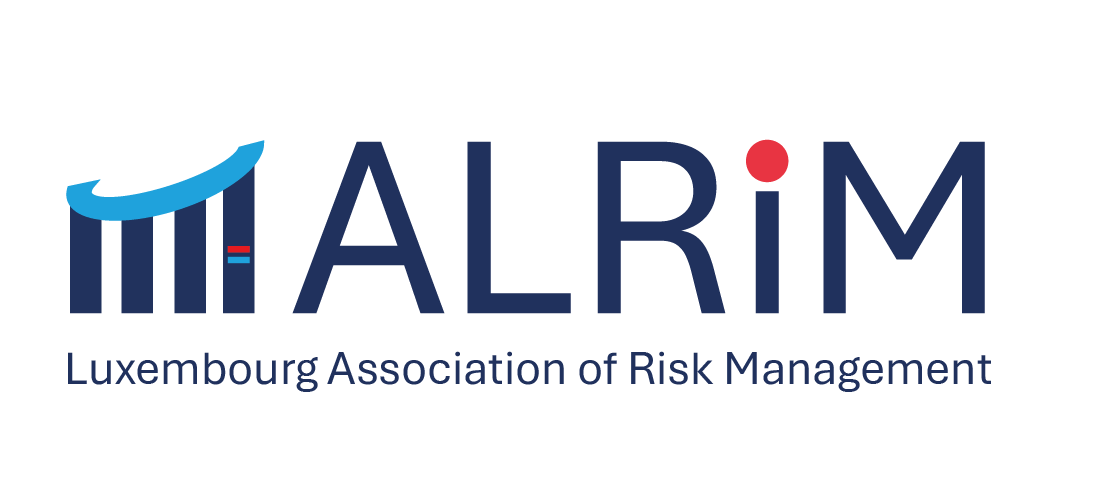As things stand, traders are more or less pricing in two more rate cuts by the Fed by year-end. The first one will be today before another in December. That all seems simple enough but the major issue in the narrative is the lack of key US economic data during this whole month amid the government shutdown.The CPI report was an exception and it did hint at more benign inflation pressures, so that helps to push the narrative for October at least. But with keen eyes on the labour market, private data from the ADP seems to suggest that things may not be deteriorating all too quickly.That being said, I would still argue that at the balance, the Fed remains on course for two more rate cuts. However, don't expect Powell to be explicit about that in his press conference today. He won't pre-commit to anything and in the absence of key US economic data, there's no reason for him to tease another rate cut for December.That might yet dent market hopes of a continued dovish tilt from this meeting. But still, it doesn't mean that they won't be cutting in December. In reading the tea leaves, odds are they still will so long as data trends continue as they are and it seems to be the case for the most part. If the Fed thinks otherwise, then Powell has to really push back against market pricing today or risk being bullied once more.Here are analyst calls on the Fed ahead of the meeting today:JP Morgan- "The case for expecting a cut this week is a simple one: Fed speakers, even some of the more hawkish ones, have done little to push back on the market’s firmly held view that a cut is coming."- Miran set to dissent in favour of a 50 bps rate cut- “Powell will continue to characterise the easing as a risk management move. We don’t anticipate he will signal any bias regarding the December meeting; with potentially three months’ worth of data to be released between now and then we see little upside from any signaling that could end up being quite improvident.”- After the one this week, further 25 bps rate cuts set for December and then in January next yearGoldman Sachs- "We think the market may be a bit more attuned to signals regarding how far FOMC thinks it has progressed towards a neutral policy stance (with QT arguably the greater area of focus)."- “While it is a close call, we think there is a compelling risk management case for the Fed to announce the end of QT."- 25 bps rate cut for this week and one more in December, then two more in 2026Wells Fargo- “The limited data that have been released suggest that gradual labour market softening has continued alongside inflation that is running at roughly a 3% underlying pace.”- Base case for the end of QT is in December but could possibly be announced in October- “Powell's remarks to echo the sentiment from his public remarks on 14 October i.e. inching toward neutral, but cognizant of the two-sided risks to the outlook given the current tension between their employment and inflation goals.”- 25 bps rate cuts for October, December this year and then in March, June 2026Deutsche Bank- "The Committee’s discussions on other pressing matters – namely, balance sheet strategy and issues related to the Fed’s quintennial policy framework review – will likely be a more important focus of the October meeting."- Fed to announce the end of QT as of November- “With the government shutdown limiting the release of economic data, Chair Powell’s press conference is likely to focus less on the Committee’s interpretation of economic developments and more on several other topics – balance sheet decisions, discussions of Fed communications as part of the policy framework review and a regular update on financial stability topics… We expect limited signals about the policy path ahead.”- 25 bps rate cut for October and December; none in 2026Some additional notes from yesterday:Fed to cut rates and retain an easing bias this week - Morgan StanleyFed to cut rates again this week, then take a more risk management approach after - BofA This article was written by Justin Low at investinglive.com.
















